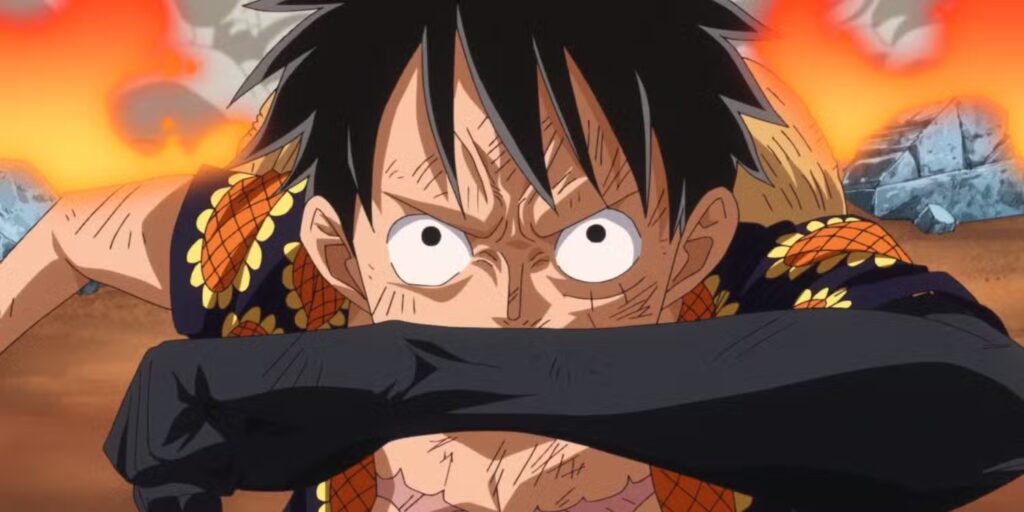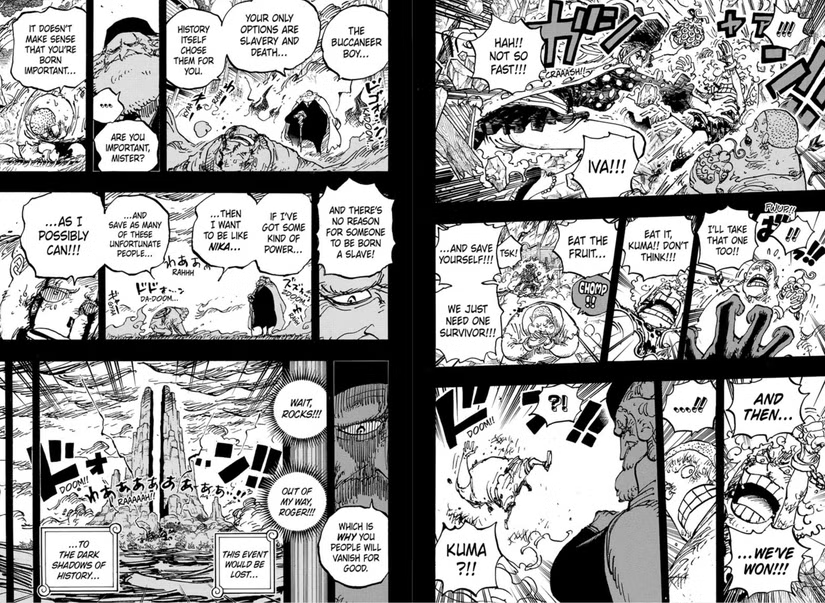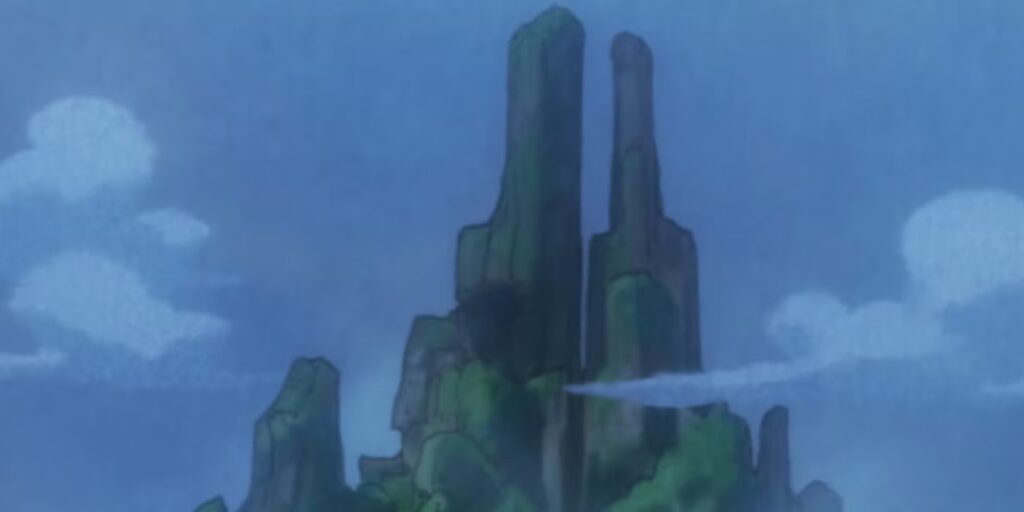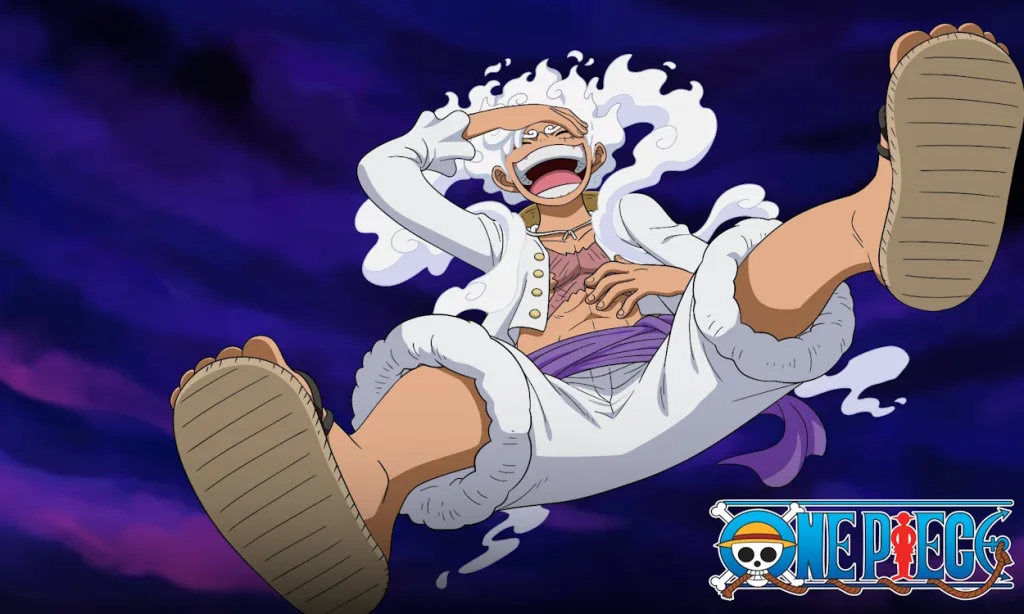The chatter on r/OnePieceSpoilers recently resurrected an age-old question: how far can Luffy still go? One avid commenter declared, “Gear 5 is the pinnacle of Luffy’s strength but we see that he’s still not on par with the legends of the past.” Others countered: hold up—if the legend of Joy Boy, the emergence of new Haki forms, and Eiichiro Oda’s habit of raising the stakes all signal something, then maybe Luffy hasn’t even begun to approach his true peak.

It’s a classic paradox in the world of *One Piece — just when you think the ceiling is nailed down, Oda pulls it higher. But let’s rewind and examine what’s fueling this debate—because it isn’t just about fight power. It’s about legacy, myth, narrative rhythm—and whether the hero’s resolve can scale any limit at all.
Gear 5 and the “Pinnacle”… or just a milestone?
The arrival of Luffy’s Gear 5 was hailed as a landmark. In many lesser shonen series, you glean “this is the final form, the ultimate move”. Here though, fans argue Gear 5 may be spectacular—but still a waypoint. The claim “still not on par with the legends of the past” reflects a deep respect for the era before Luffy: the captains, the “pinnacle” crew, the predecessors who set the benchmark.
Why does that matter? Because in One Piece, strength is never just muscle. It’s history, it’s Haki, it’s willpower, it’s myth. When you say Luffy is “not on par” with the legends, you’re saying he hasn’t yet assumed the mantle of the mythic—forged in the fires of the Void Century, of the ancient will-of-D lineage, of Joy Boy’s promise.
Joy Boy, Haki evolution, and storytelling rhythm
Let’s consider the counter-argument: the legacy of Joy Boy. The mythic redeemer who made a promise in the Void Century, the man who left behind something spectacular on Laugh Tale. That narrative thread ties directly into Luffy. The “Will of D”, the rubber-man motif, the drums of liberation—all echo Joy Boy. If Luffy’s truly following in those footsteps, then the magnitude of his journey cannot be gauged merely by his latest punch or devil-fruit form. It’s measured by how far he can embody myth.
And yes—Haki. Theories abound about “new forms of Haki” still unrevealed, the so-called “true peak” where power intersects with spirit. Is Luffy there yet? Most likely not. Oda seems to pace the story to sustain tension, to postpone the final peak until it can be meaningful. (Not just powerful, but meaningful.)
So: strength = resolve?
Here’s the kicker: in a saga defined by willpower and imagination, maybe the real question isn’t how strong Luffy is, but how far his resolve can go. Because strength without meaning—without purpose—is meaningless. In One Piece, the hero’s true power has always been his spirit, his convictions, his refusal to yield. If Luffy is to surpass the “legends of the past”, it will be when his conviction meets the scale of myth. Not just “can he punch harder?” but “can he carry the weight of the world’s will?”
In short: don’t stop at Gear 5. Evaluate the promise behind the punch.
2. God Valley Incoming: What Will the Flashback Reveal About Joy Boy’s Defeat?

Another hot thread erupted: “God Valley, Chapter 1163, is going to show us why Joy Boy lost.” The idea spread fast. For years, the island known as God Valley has been the cryptic backdrop of One Piece mythology—a place whispered in legend, connecting names like Rocks D. Xebec, Gol D. Roger, and the Celestial Dragons. Now the fandom is buzzing on the premise: if Oda is steering toward a full reveal of that flashback, maybe we’ll get the truth behind Joy Boy’s downfall, the real origins of the “Will of D”, and the stakes of Luffy’s destiny.
What we know so far about God Valley
God Valley is an island in the West Blue that vanished from maps after a cataclysmic war 38 years ago. The war pitted the Rocks Pirates against a joint force of marines and pirates (Roger’s crew + Monkey D. Garp). The outcome: the disbanding of the Rocks Pirates, the start of new legends. But crucially: we’ve got only fragments. We lack full context. That’s what makes the possibility of a full flashback so tantalizing.
Why fans believe Joy Boy’s defeat might be shown
The idea of “Joy Boy lost” may at first sound odd—Joy Boy is mythic, powerful. But the myth itself hinges on failure: Joy Boy’s apology to Fish-Man Island, the promise he couldn’t keep. The theory goes: the flashback to God Valley might tie Joy Boy’s defeat into the narrative of the Void Century, showing why the transmission of his will has been so fraught. If so, that matters enormously: it reframes the hero’s journey for Luffy not just as “defeat the bad guy” but “resolve the failure of the past”.
If this arc redefines everything
Here’s where it gets interesting. If God Valley’s flashback reveals more than we expect—if it connects Joy Boy’s story, the 20 Kingdoms, the Ancient Weapons, the Will of D—it could redefine what Luffy is actually doing. He wouldn’t just be chasing One Piece, becoming Pirate King. He’d be fulfilling an inherited struggle, undoing a wrong that’s been built into the world’s very foundation.
The implications are huge. The Will of D, the Void Century, the rise of the Revolutionary Army—all of that becomes less side-plot and more the core. And Luffy’s role becomes less “winner of the Grand Line” and more “carrier of a cosmic promise”.

What this means for Luffy (and us)
If the arc drops this kind of revelation, then we’ll need to reassess everything: power, allegiances, motivations. Luffy’s next advancement won’t be about size of explosion or number of bad guys punched. It will be about whether he understands the weight of his path.
And that breeds tension. Because if the true scope of Joy Boy’s failure is shown, then the hero’s task is enormous. That’s good. That’s bold. That’s the kind of storytelling that makes One Piece special—and keeps it from being just a “power-up” show.
3. The Shamrock Chapter: The Cornerstone of Everything?
Then there is this bombshell: Oda reportedly confirmed that the chapter introducing Shamrock Figarland of Elbaf is “one of the most important” in the entire series. Fans immediately went digging. The name Figarland has long been whispered—a tie to Shanks’ lineage, the World Government’s inner workings, and now, with Oda’s insinuation, everything gains new weight.
Who is Shamrock Figarland?
Shamrock Figarland appears to be connected to the Tenryuubito (Celestial Dragons) elite, specifically the Figarland family. The whose-who of OP world-building is riddled with teasers; Figarland positions itself as a node between the Celestial Dragons, the Giants of Elbaf, and the wider pirate legacy. Some sources claim Shamrock is Shanks’ twin or near-twin, separated by the God Valley incident. The “one of the most important chapters” remark suggests we might be looking at a hinge in the narrative.
Why this might be the cornerstone
Here’s the logic: if Shamrock Figarland’s chapter ties into the Celestial Dragons’ history, the Void Century, the Ancient Kingdom, and the battle for freedom (a recurring theme in One Piece), then it is potentially the narrative pivot. All threads converge: Gods (dragons) vs Pirates, Giants (Elbaf), ancient kings, Joy Boy, will of D, etc.
And if the World Government’s secrets lie hidden behind the Figarland family, then the revelation of that connection rewrites the power map. Shanks becomes not just a former Roger pirate, but someone with roots inside the system he’s ostensibly opposed. That duality enriches his character and escalates the stakes for Luffy—if his closest rival/mentor figure is embedded in the system, then the fight isn’t just physical but ideological.
The meta-implication: world-building over brawl
Oda’s attention to such a chapter underscores something: at this stage of the story, it’s less about raw power and more about meaning. The heavy hitters, the warriors, the devil fruits—they’re still cool. But the true shifts will happen when we finally understand why the fight matters. If the Shamrock chapter ties together those “why” threads, then it’s not just world-building—it’s narrative foundation.
4. Pulling It All Together: What It Means for Luffy, for the Story, for Us
Let’s connect the dots in plain terms. We’ve got three major story threads:
- Luffy’s strength ceiling – Is Gear 5 it? Unlikely. The narrative suggests more.
- God Valley and Joy Boy’s failure – A flashback that could reframe the hero’s journey.
- Shamrock Figarland & Elbaf chapter – Potential hinge of the world’s power-map, meaning shift.
The path ahead for Luffy
If Luffy’s journey is to truly encompass what the story promises, then strength alone won’t cut it. He must:
- Grasp the legacy: Joy Boy, Will of D, Void Century.
- Resolve the old failure: The undoing of things left unfinished by heroes of the past.
- Reorient meaning: Becoming Pirate King isn’t enough unless it changes the world order.
In short: Luffy must transcend “strength” to become a symbol. Whether he actually attains that remains to be seen—but the foundations are being laid.
Storywise: from “power-up” to “purpose-up”
The days when One Piece could lean purely on fight sequences are waning. Oda has always insisted his work wasn’t about drawing the biggest explosion. The escalation now is conceptual: the stakes are existential, ideological. The stronger the build-up, the greater the meaning must be.
When the God Valley flashback drops and the Shamrock subplot deepens, what will matter is how the pieces behave under pressure. If the narrative treats myth, legacy, and freedom with weight, then One Piece might deliver one of the greatest resolutions in genre history. If not—well, we still get cool fights.
For fans: what we should watch
- Watch how power is contextualised: Luffy’s next “peak” should come with revelation, not just spectacle.
- Watch the myth threads converge: Joy Boy, God Valley, Ancient Kingdom, World Government secrets—they’re built to intersect.
- Watch narrative rhythm: Oda is pacing for payoff. Don’t expect final-form drop tomorrow. Expect incremental build and thematic clarity.
- Watch Luffy’s role evolve: Is he just a strong pirate? Or the inheritor of a will, a liberator, a symbol of change?
5. Final Thoughts
Here’s the crux: we’re in the home-stretch of One Piece. Every scene, every character, every throwaway line is potentially calibrated for big revelation. In that light, the question isn’t “how strong is Luffy now?” but “how far can his resolve carry him once the full scope of the story hits?” If the flashback at God Valley, the chapter on Shamrock, and the legacy of Joy Boy align, then Luffy’s next steps won’t just be visually impressive—they’ll be structurally seismic.
I suspect Gear 5 will be surpassed—not just in raw power, but in narrative consequence. Because in this saga, strength without meaning is vacant. Luffy’s next move must affect the world as much as it affects him.
Am I confident that Oda will pull it off? No. But I’m hopeful. And that’s what keeps me tuning in. Unless you think I’m giving the guy too much credit—but then again, maybe that’s exactly what this story has been leading to.
Your move, Oda.

